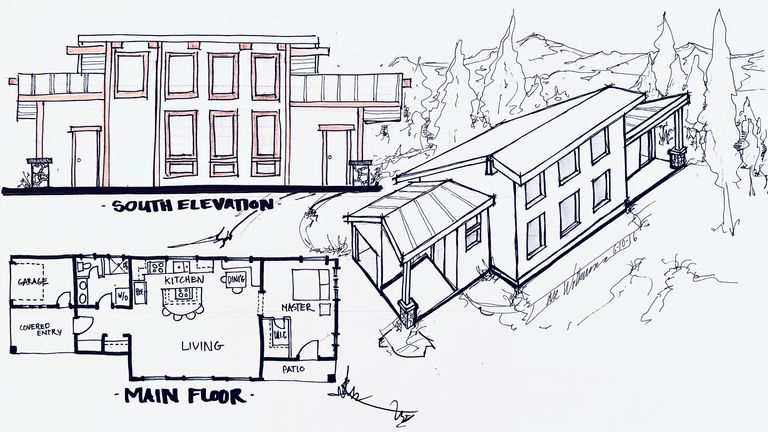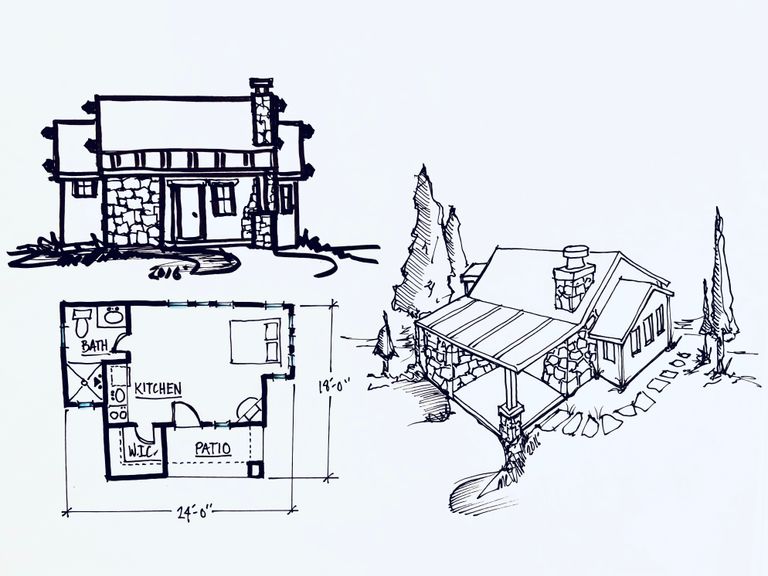Schematic architectural designs play a crucial role in setting the foundation for a project to finish beautifully. Here’s how I believe they influence the outcome:
Clear Vision and Direction

• Conceptual Clarity: Schematic designs establish the project’s overarching vision, including its form, function, and aesthetics. This serves as a guiding framework for all stakeholders.
• Unified Design Language: By addressing key design elements early, schematic designs ensure consistency in style, proportions, and materials throughout the project.
Efficiency in Planning
• Problem Identification: Early-stage designs help identify potential challenges, such as site constraints or conflicting client requirements, allowing solutions to be implemented early.
• Optimized Layouts: Thoughtful space planning in the schematic stage ensures functionality and user comfort, avoiding costly changes later.
Informed Decision-Making
• Material Selection: Schematic designs often explore material options, enabling informed decisions that enhance durability, sustainability, and aesthetics.
• Stakeholder Input: Clients and teams can review and refine the design, ensuring alignment with the project’s goals and aspirations.
Budget Control
• Cost Projections: Schematic designs provide a basis for initial cost estimates, helping to align the budget with the design vision.
• Avoiding Rework: Clear early designs reduce the likelihood of miscommunication or errors during later phases, saving time and resources.
Creativity and Aesthetic Potential
• Innovative Solutions: The schematic phase allows for exploring creative ideas and bold concepts that can elevate the final design.
• Coherence of Details: Early attention to proportions, light, and spatial relationships ensures that the final build feels harmonious and visually pleasing.
Flexibility and Adaptability
• Iteration-Friendly: Adjustments are easier to make during the schematic phase, allowing for refinement without major disruptions later.
• Scalability: Well-thought-out designs accommodate future needs and changes, ensuring long-term beauty and relevance.
Enhancing Collaboration
• Team Alignment: Schematic designs serve as a shared reference point, fostering collaboration between architects, engineers, and contractors.
• Community and Client Engagement: Visual representations make it easier to communicate the vision, gaining buy-in and enthusiasm.
By prioritizing thoughtful schematic designs, a project is more likely to maintain its integrity, meet its functional needs, and achieve a striking aesthetic outcome. Not too mention its super fun sketching out a desired look.
Attached are a couple of my earlier works I sketched up.
Enjoy ✨
